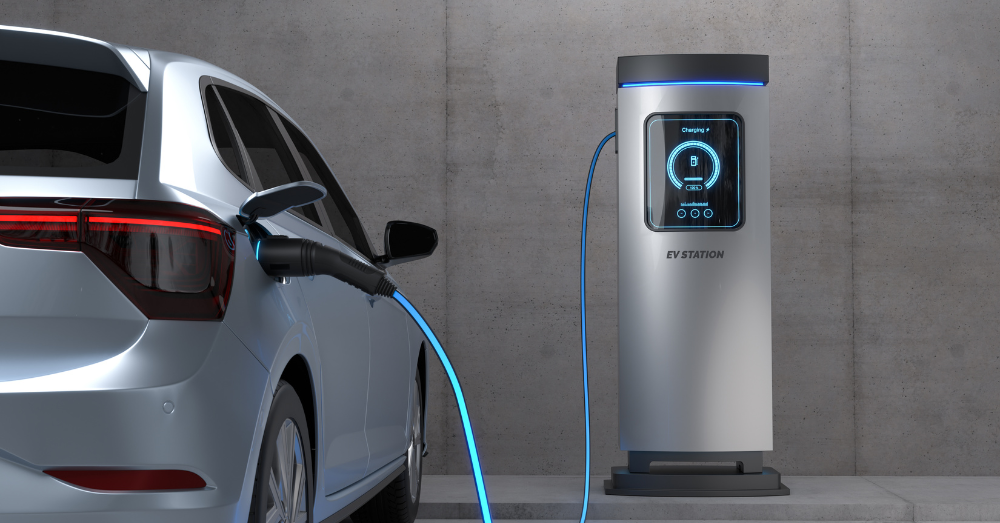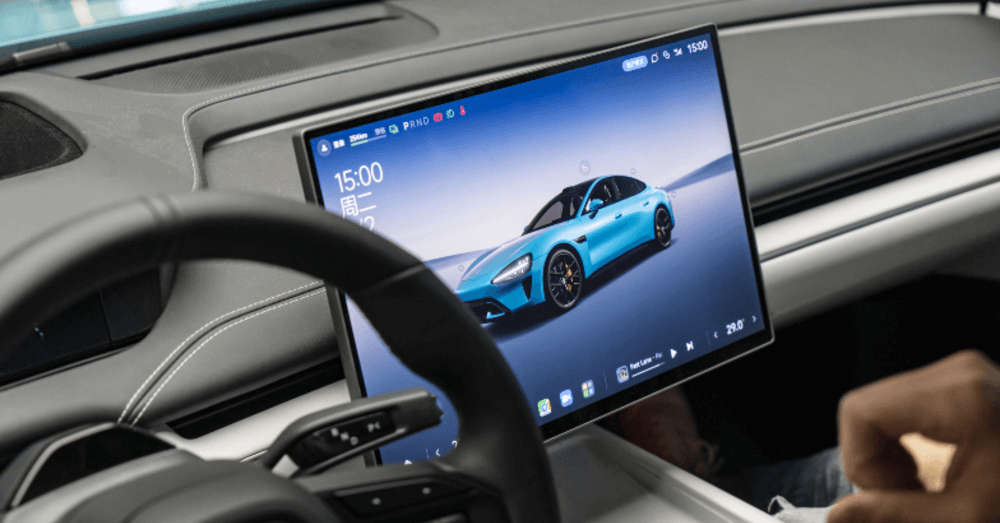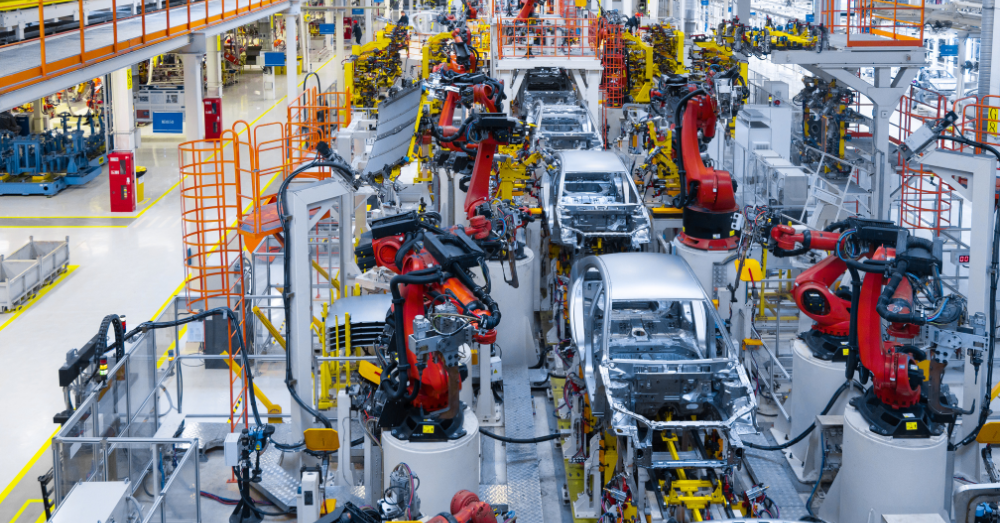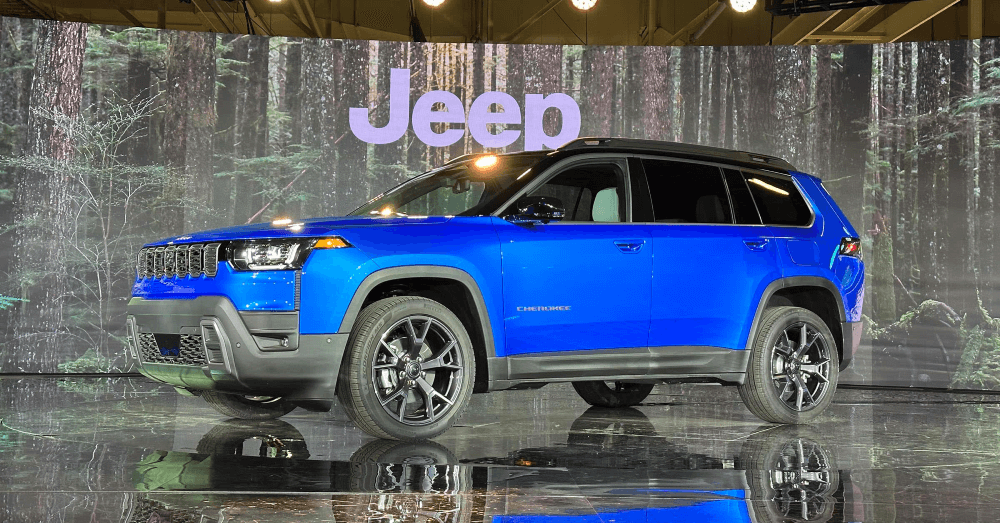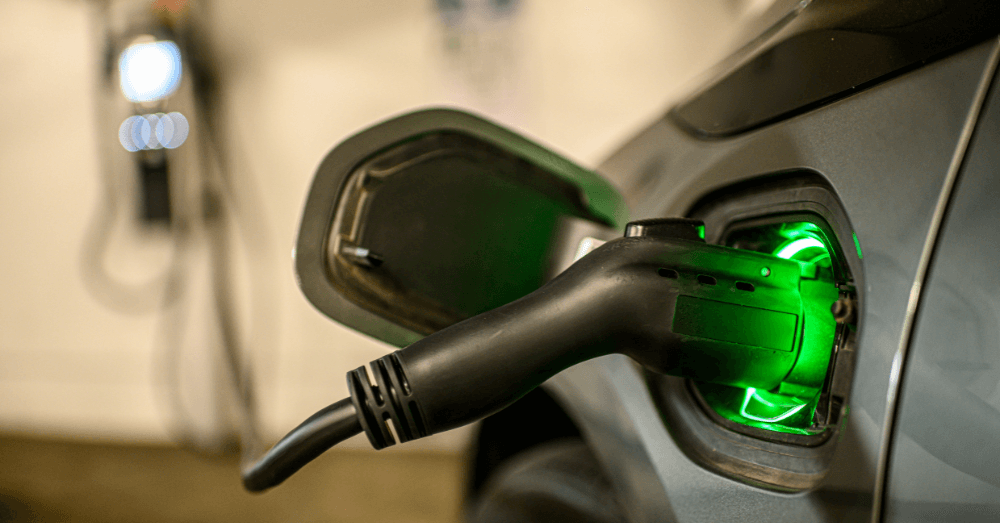America’s EV charging network is exploding. The infrastructure has grown 6x since 2016, with record expansion in 2025 driven by federal funding and surging demand for electric vehicles.
Key Takeaways
• Massive Scale**: 75,751 charging stations with 224,716 ports nationwide as of August 2025
• Record Growth**: On track to add 16,700 fast-charging ports this year—2.4x more than 2022
• Major Expansion Plans**: Tesla, Electrify America, and EVgo planning aggressive buildouts through 2029
The numbers tell a remarkable story of transformation. The number of public EV charging ports in the U.S. has grown more than six-fold over the last decade, from about 30,000 in 2016 to nearly 196,000 in January 2025. This represents one of the fastest infrastructure buildouts in recent American history.
Current Charging Network Status
As of August 2025, there are 75,751 EV charging stations with 224,716 charging ports across the country. The number of stations and ports have increased by 9% and 15%, respectively, since the beginning of the year.
The composition of this network reveals strategic priorities. Of the nearly 196,000 public chargers in the U.S., the vast majority (74%) are Level 2 chargers, which provide 10-20 miles of range per hour of charging. About 25% of public chargers (49,916) are direct current (DC) fast chargers with much shorter charging times.
Fast charging availability has exploded. As of January 2025, there were over 14 times more public DC fast chargers than a decade ago in 2016, when the U.S. had approximately 3,434.
According to the Department of Energy’s Alternative Fuels Data Center, in Q1 of 2024, there was a 4.6% increase in the number of EV charging ports in the Station Locator, including a 4.8% increase in public ports and a 3.2% increase in private ports. DC fast charging ports increased by the greatest percentage (8.2%).
2025: A Record Year for Expansion
The momentum has only intensified. America is on track to add 16,700 public fast-charging ports by the end of this year, which would be about 2.4x the number of ports added in 2022.
Industry analysts are bullish about the trajectory. “Despite the [federal funding] pause and other factors, 2025 will be a record year of fast charging deployment—our estimate of nearly 20% year-over-year increase in new ports,” Paren’s Chief Analyst Loren McDonald said in an email.
This rapid buildout is creating tangible improvements for drivers. Charging stations are becoming more reliable, offering better amenities, and providing faster charging speeds. The deployment represents a maturation of the industry from experimental installations to professional, consumer-ready infrastructure.
Tesla’s Supercharger Dominance and Growth
Tesla continues to set the pace for fast charging deployment. As of July 2025, Tesla operates a network of about 7,500 Supercharger stations with over 70,000 connectors worldwide. The majority are located in three regions: Asia Pacific (3,000 stations), North America (3,000), and Europe (1,500).
The company’s expansion remains aggressive. Tesla brought online approximately 2,200 new Supercharger stalls worldwide, representing a 17% year-over-year growth for the quarter. At this pace, Tesla is adding the equivalent of 250 eight-stall stations every quarter.
Tesla is also pushing technological boundaries. Superchargers can currently output as much as 325 kilowatts (kW), with plans to increase output capacity to 500 kW in the future. Tesla’s VP of Charging recently confirmed on X that the first 500kW Supercharger sites are coming soon.
Perhaps most significantly for the broader ecosystem, Tesla is opening its network to other automakers. Throughout 2025, the North American Supercharging network is opening to more automakers. As automakers transition vehicles to NACS, EV drivers will gradually be able to access Superchargers using adapters provided by their automakers.
Despite organizational challenges earlier in the year, Tesla remains committed to expansion. Tesla will spend “well over” $500 million on the Supercharger network this year, Elon Musk said on X (formerly Twitter), adding that this investment will fund “thousands” of new chargers.
Electrify America’s Ambitious Scaling
Electrify America, the largest open fast-charging network, has outlined aggressive growth plans. Electrify America plans to expand its network by 30% in 2025. This represents a significant acceleration from their historical pace.
The company’s current footprint is substantial. Electrify America (including Electrify Canada) has more than 1,000 DC fast-charging locations and over 4,800 publicly accessible chargers installed. That’s compared to over 900 sites and over 4,000 chargers reported a year earlier.
Looking further ahead, Electrify America has set ambitious targets. Electrify America today announced its “Boost Plan” to more than double its current electric vehicle (EV) charging infrastructure in the United States and Canada, with plans to have more than 1,800 fast charging stations and 10,000 individual chargers installed by the end of 2025.
Usage patterns demonstrate strong consumer demand. In 2024, the network experienced a growth in consumer demand of more than 50% year-over-year to over 16 million charging sessions. The chargers dispensed over 600 gigawatt-hours (GWh) of energy — 65% more than in 2023 (380+ GWh).
Geographic expansion is also a priority. As part of the expansion, Electrify America will not only multiply its presence in established U.S. regions, but also add the states of Hawaii, North Dakota, South Dakota, West Virginia, Wyoming and Vermont, bringing Electrify America’s network to 49 U.S. states and the District of Columbia.
EVgo’s Massive Long-Term Charging Vision
EVgo has unveiled perhaps the most ambitious expansion timeline in the industry. EVgo has revealed an updated expansion plan for its DC fast-charging network, with an ambitious target of deploying up to 14,400 stalls by the end of 2029.
This represents a massive scaling effort. The new build targets indicate that the network will more than triple within five years (by the end of 2029). The number of new installations is expected to increase every year.
To fund this expansion, EVgo has secured a $225 million commercial bank credit facility, thought to be the largest of its kind in the US, to fund the deployment of over 1,500 high-power fast-charging stalls. Additionally, EVgo secured $1.25 billion from the US Department of Energy Loan Programs Office under its Title 17 program, which will result in the addition of roughly 7,500 stalls.
The scale of EVgo’s ambition is remarkable. Up to 14,400 charging stalls are comparable to half of today’s Tesla Supercharging network in the US.
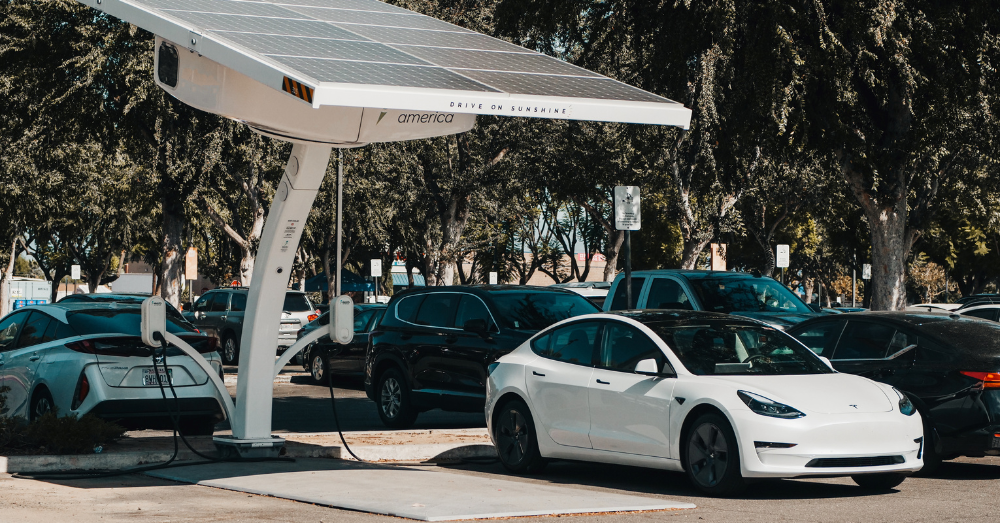
Federal Investment as a Catalyst
Federal funding has emerged as a crucial accelerant for network growth. Key new USDOT programs include the National Electric Vehicle Infrastructure (NEVI) Formula Program ($5 billion) and the Discretionary Grant Program for Charging and Fueling Infrastructure ($2.5 billion).
The NEVI program is beginning to show tangible results. Now, there are 126 public charging ports in operation across 31 NEVI stations in nine states, resulting in an 83% increase in open NEVI ports since last quarter.
Progress is being measured against specific corridor coverage goals. To reflect on how far we have come, at the end of 2020, only 38% of the most heavily trafficked corridors had fast chargers at least every 50 miles. Now, families can travel 59.1% of the most heavily trafficked corridors and expect a fast charger at least every 50 miles.
The program faced temporary challenges but has resumed operations with streamlined processes under the Trump administration’s revised guidance.
Future Charging Infrastructure Requirements
Current expansion efforts, while impressive, represent just the beginning of what will be needed to support widespread electric vehicles adoption. National Renewable Energy Laboratory estimates that by 2030 there will be 33 million EVs on the road and 28 million EV charging ports will be needed to support them.
Industry forecasts project continued rapid growth in public infrastructure. In its Q2 2025 report, EVgo cites a forecast that by 2030, there will be some 137,000 DC fast-charging stalls in the US (compared to 60,000 today).
The majority of charging will remain private. Of the 28 million charging ports, 25.7 million (92%) are expected to be private Level 1 (L1) and Level 2 (L2) chargers at single-family homes. Additionally, there will be an estimated 2.1 million (7.6%) public and private L2 chargers at multifamily homes, workplaces, stores, restaurants, and hotels.
Geographic Disparities Remain
While the national picture is positive, significant regional disparities persist. California: Leads with 14,040 public charging stations, making up 25.5% of the total number of charging stations in the U.S. California has at least three times more EV chargers than any other state, followed by New York, Florida, and Texas.
Coverage varies dramatically across regions. A recent study found that California, Nevada, and every state in New England have the highest levels of public EV charger coverage, whereas a band of nine southern, central, and plains states from Louisiana through Montana have the lowest levels of coverage.
Access ratios tell another story. Wyoming: Has the best EV-to-charger ratio at 4.2 EVs per charging port, demonstrating effective infrastructure relative to the number of electric vehicles. New Jersey: Exhibits the highest (worst) EV-to-charger ratio at 41.3 EVs per charging port, indicating significant infrastructure shortages despite being sixth in cumulative EVs.
The Road Ahead
The U.S. charging network is experiencing unprecedented growth, transforming from a sparse collection of experimental installations into a comprehensive infrastructure system capable of supporting mainstream electric vehicles adoption. With Tesla maintaining its technological edge while opening access to other automakers, Electrify America targeting nationwide coverage, and EVgo planning massive scale, the foundation for an electric transportation future is rapidly taking shape.
The current trajectory suggests that “range anxiety”—long considered the primary barrier to EV adoption—will become increasingly obsolete. While challenges remain in ensuring equitable geographic distribution and maintaining high reliability standards, the momentum is clear: America is building the charging infrastructure needed to support a fully electrified transportation system.
The question is no longer whether adequate charging infrastructure will exist, but how quickly it will reach the scale and convenience that makes electric vehicles the obvious choice for American drivers. Based on current growth rates and announced expansion plans, that inflection point may arrive sooner than many expect.

